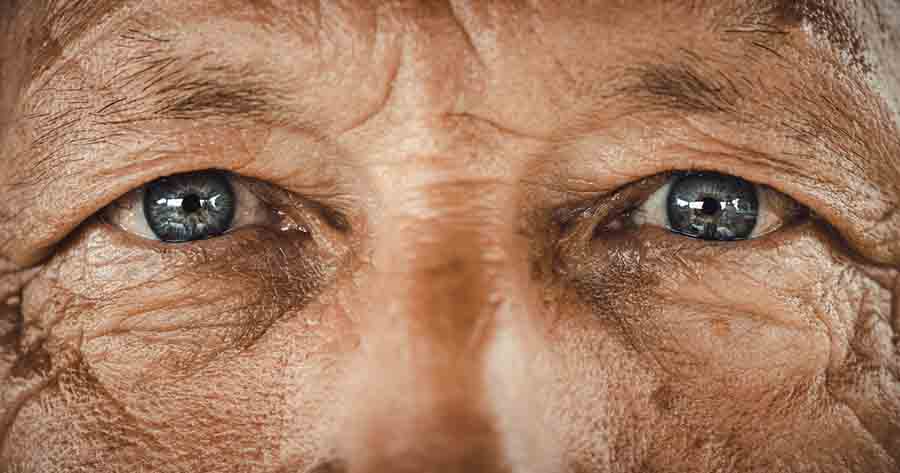As we welcome in the new year it is a good time to reflect on how well we as paediatric diabetes teams are doing in terms of achieving the targets set out in the following key documents:
- National Service Framework for Diabetes: Standards (DoH, 2001).
- Type 1 diabetes: diagnosis and management of type 1 diabetes in children, young people and adults (NICE, 2004).
- Making Every Young Person with Diabetes Matter (DoH, 2007).
It is important that our paediatric teams benchmark current services against these guidelines to help inform the commissioning process which is currently occurring across PCTs and within diabetes networks (DoH, 2006).
A major focus within the commissioning process is the provision of structured education: PCTs will want to ensure the needs of their local population are met. However, many paediatric teams cannot fulfil the education criteria specified by NICE in 2003:
- provision of a patient-centred philosophy
- provision of a structured curriculum
- provision of trained educators
- quality assurance
- local clinical audits of care.
But this is not through want of trying!
The distinct differences in the population we serve provide unique challenges in comparison to adult diabetes services. Our colleagues in the adult services have the advantage of accessibility to training courses to enable them to carry out adult-centred learning and develop a suitable philosophy for their education programmes. Unfortunately, for paediatric nurses becoming a trained educator is somewhat harder. We are required to deal with parents and children at different ages and developmental stages. Nurses who have not encountered Howard Gardner’s theory of multiple intelligences (1983) will not be aware of how these theories and others may impact on their educational style when developing educational courses within their practice.
Within the school education system, teachers receive specific training for the age group they are going to teach, for example either nursery and early years, primary- or secondary-level education. As paediatric educators, we see young people from 0–18 years of age and no training similar to that seen for school education exists to cover this wide age range. If we are going to have a true understanding of how children learn we will have to seek the information from other sources. We will need more paediatric-focused national educational guidelines, perhaps by developing existing guidelines and working with the type 1 paediatric diabetes education network (www.diabetes-education.net [accessed 04.01.2008]).
Within this supplement, I am pleased to present an article from Alan Pritchard. His clear explanation of constructivism and how children make sense of the world around them, enables us to explore how some children learn.
Children can also learn through play and it is often through free play with a trained individual that their understanding of a concept such as diabetes can be explored. The second article in this supplement is a personal account of a Hospital Play Specialist working in a paediatric diabetes care team. I hope you find both pieces interesting and relevant to your practice.





Su Down looks back on a year of change and achievement.
17 Dec 2024